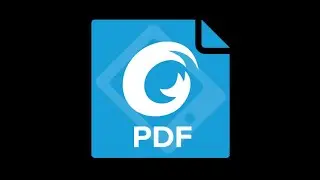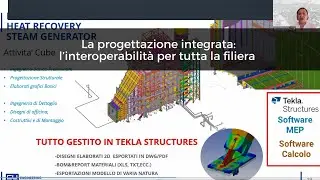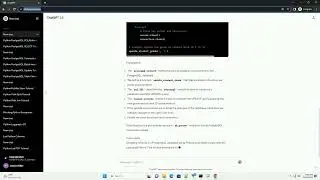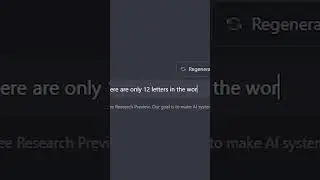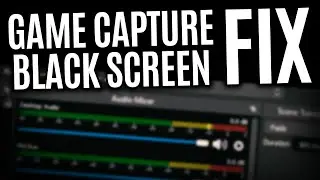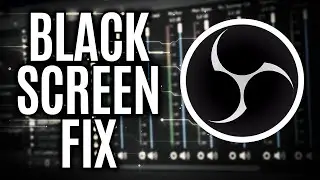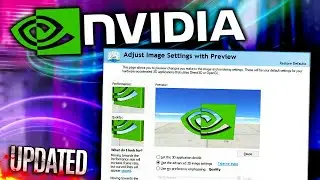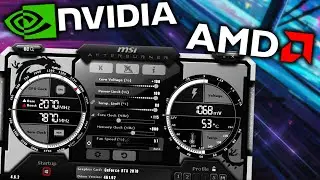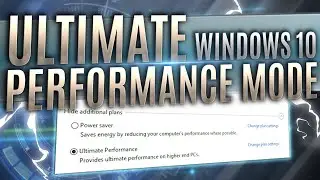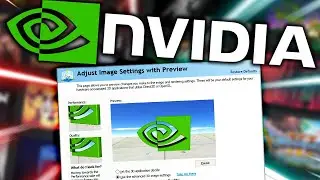Audacity: Best Recording/Effects/Settings To Make Your Voice Sound Better | Beginners Tutorial/Guide
shogoz here! Ever wondered what the best audacity settings to use are to make your voice sound clear, better and professional for commentaries? Or how to make your voice sound deeper? In this Audacity tutorial/guide for beginners I teach you how to improve your voice quality by showing you how to properly use basic settings such as the compressor, normalize, equalization, noise reduction, limiter, amplify and export. If you have a Blue Yeti USB, snowball or above, you will notice your voice sounding better after applying these settings. Audacity runs on Windows, Mac OS X/macOS and GNU/Linux.
Goncy's channel:
Feel free to subscribe for more gaming content:
My Twitch:
My Discord:
My Online Store:
My Steam:
If you'd like to support the channel:
Audacity Recording + Editing Features:
Audacity can record live audio through a microphone or mixer, or digitize recordings from other media. With some sound cards, and on any recent version of Windows, Audacity can also capture streaming audio.
Device Toolbar manages multiple recording and playback devices.
Level meters can monitor volume levels before, during and after recording. Clipping can be displayed in the waveform or in a label track. Record from microphone, line input, USB/Firewire devices and others. Record computer playback on Windows Vista and later by choosing “Windows WASAPI” host in Device Toolbar then a “loopback” input. Timer Record and Sound Activated Recording features. Dub over existing tracks to create multi-track recordings.
Record at very low latencies on supported devices on Linux by using Audacity with JACK. Record at sample rates up to 192,000 Hz (subject to appropriate hardware and host selection). Up to 384,000 Hz is supported for appropriate high-resolution devices on Windows (using WASAPI), Mac OS X, and Linux.
Record at 24-bit depth on Windows (using Windows WASAPI or Windows DirectSound host), Mac OS X or Linux (using ALSA or JACK host). Record multiple channels at once (subject to appropriate hardware).
Import and Export:
Import sound files, edit them, and combine them with other files or new recordings. Export your recordings in many different file formats, including multiple files at once.
Import and Export WAV, AIFF, AU, FLAC and Ogg Vorbis files.
Fast “On-Demand” import of WAV or AIFF files (letting you start work with the files almost immediately) if read directly from source. Import and export all formats supported by libsndfile such as GSM 6.10, 32-bit and 64-bit float WAV, RF64, and U/A-Law.
Import MPEG audio (including MP2 and MP3 files) using libmad.
Import raw (headerless) audio files using the “Import Raw” command.
Create WAV or AIFF files suitable for burning to audio CD.
Export MP3 files with the optional LAME encoder library.
Import and export AC3, M4A/M4R (AAC) and WMA with the optional FFmpeg library (this also supports import of audio from video files).
Sound Quality:
Supports 16-bit, 24-bit and 32-bit (floating point) samples (the latter preserves samples in excess of full scale). Sample rates and formats are converted using high-quality resampling and dithering.
Editing:
Easy editing with Cut, Copy, Paste and Delete. Find the spot to edit easily with scrubbing and seeking or Timeline Quick-Play. Unlimited sequential Undo (and Redo) in the session to go back any number of steps.
-Edit and mix large numbers of tracks.
-Multiple clips are allowed per track.
-Label tracks with selectable Sync-Lock Tracks feature for keeping tracks and labels synchronized.
-Draw Tool to alter individual sample points.
-Envelope Tool to fade the volume up or down smoothly.
-Automatic Crash Recovery in the event of abnormal program termination.
-Real-time preview of LADSPA, LV2, VST and Audio Unit (macOS) effects.
-Plug-in Manager handles plug-in installation and addition/removal of effects and generators from the menus.
-Generate tones, silence, noise, instruments or rhythm track.
-Change the pitch without altering the tempo.
-Change the tempo without altering the pitch.
-Noise Reduction to remove static, hiss, hum or other constant background noises.
-Alter frequencies with Equalization, Bass and Treble, High Pass, Low Pass and Notch Filter effects.
-Adjust volume with Compressor, Amplify, Normalize, Fade In/Out, Studio Fade Out, Crossfade Clips, Crossfade Tracks and Adjustable Fade effects.
-Reduce or Isolate Vocals given suitable stereo tracks (vocal reduction produces a stereo result).
-Create voice-overs for podcasts or DJ sets using Auto Duck effect.
Other built-in effects include:
-Distortion
-Echo
-Limiter
-Paulstretch (extreme stretch)
-Phaser
-Reverb
-Reverse
-Truncate Silence
-Wahwah
-Run “Chains” of effects on a project
-Plug-ins
